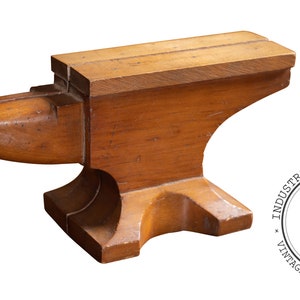
I do a hose change because I actually drain the mash off to a second vessel and in order to get it back to the foundry for the boil you need to switch the inlet/outlets off the pump.

3) if you plan to do any hose changes from the plastic pump head, over the course fo the mash, the tubing almost seems to "bond" to the plastic head and its a PITA to remove the tubing while its hot. Im not sure if the SS pump head has this same internal restrictor, my guess would be it doesn't but not sure.
Anvil foundry max grain free#
2) if you like to brew with free roaming pellets (like I do), I have had a small handful of times (out of about 40 brews total) where pellets (for me that's been Saaz) can clog the plastic inlet because the plastic inlet has a restriction on the inside. I use a ball valve that is in-line with the output hose (not directly attached to the pump) and needed to built a simple stand from wood to support the ball valve. But here is where the SS pump head MAY be helpful: 1) if you have a pump outlet valve to control flow, it would seem that the SS pump head would be better. The plastic pump head works well on its own and the connections are very secure with the white clips. For me, I haven't pulled the trigger on this as of yet. So that's why I really haven't bothered with the ratio and it probably applies to any all in one systems IMO as well.Ĭlick to expand.In regards to the SS pump head, I agree with bullet in that this in the eye of the beholder, also meaning it really depends on how you want to run this system. In comparison to the malt-pipe - it is a night and day difference in how much looser my mash is now despite having the same water to grist ratio. Keep it loose will also help with recirculation to help with temperature stability and also help prevent any stuck sparges.ĮDIT to add: I switched to ditching the malt-pipe some time ago in favor of the bag sitting on a brewzilla false bottom. So that might give you a basis for comparison. I digress but with my last two NEIPAs (17lbs of grains), beer smith told me my water to grist ratio was 1.85 and 1.75. But these types of data (how much wort loss are you willing to leave behind, boil off rate, etc) are what matter to me more than the water to grist ratio.

So in the end, I probably use more water than most anyways. I also have my equipment profile setup to purposefully take more losses into the fermenter to get just the clean stuff in the fermenter with minimal trub. My approach though has always been that I keep it as thin as reasonably possible while still allowing for a 1-1.5gallon sparge. By my calculations on the 10.5g foundry, the malt pipe fits 7 gallons if its filled to the brim and about 6.5gallons if its filled to just below the ridge the disc sits on. With that being said, I know that the mash will always be thicker in the malt-pipe than what beer smith tells me it will be. I use beer smith FYI and did not include an "recoverable dead space" to denote the water below the malt-pipe and around the sides that aren't in contact with the grains. Click to expand.I honestly never really targeted a specific water to grist ratio with my foundry.


 0 kommentar(er)
0 kommentar(er)
